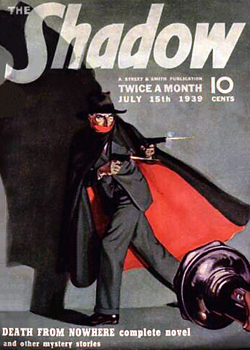Chasing our tails
Or, the time I talked to a Belgian former call center worker who turned herself into an actual currency trading guru.
This story is about “social trading,’ which ranges from run-of-the-mill sentiment on Twitter to ‘copy-trading’ strategies that see individual investors following ‘gurus’ on eToro or imitating the investment strategies of hedge funds.
“Twitter is great. I like it almost as much as I like Dell,” Carl Icahn, the activist investor, exclaimed when he made his debut on the social media platform last year. He now counts 190,000 followers who hang on his every tweet.
In finance, as in life, imitation is often the sincerest form of flattery and the arrival of new technology combined with the proliferation of social media platforms and online networks makes it easier than ever for investors to share – and copy – trading ideas.
For its supporters this “social trading” is democratising the world of investing by reducing the traditional disparity in trading resources between large and small investors. For critics, this increasing accessibility opens up huge risks for uninformed traders, emboldened to bet big without performing their own due diligence …
Another question that could be asked is what effect the rise of ‘Simon Says’ (from passive investing to seemingly innocuous Twitter trend-following) has on markets? Do the investors who are able to get ahead of – and then generate the most — inflows, stand to outperform? And what impact does that have on markets in general? To the extent that markets were ever concerned with fundamental value, is that dynamic increasingly off-the-table? Do markets and investors become giant inflow-seeking missiles? Hmmm.


